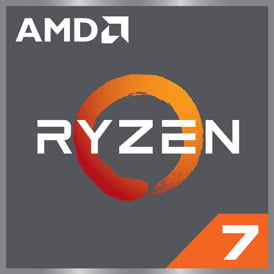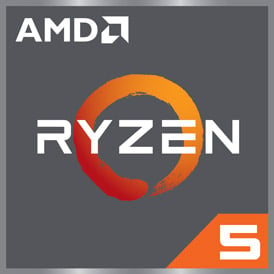 Geekbench 3, 64bit (Multi-Core)
Geekbench 3, 64bit (Multi-Core)
|
|
AMD Ryzen 7 2700
8C 16T @ 3.2 GHz
|
23660
|
|
|
AMD Ryzen 5 2600H
4C 8T @ 3.2 GHz
|
2768
|
 Estimated results for PassMark CPU Mark
Estimated results for PassMark CPU Mark
|
|
AMD Ryzen 7 2700
8C 16T @ 3.2 GHz
|
15740
|
|
|
AMD Ryzen 5 2600H
4C 8T @ 3.2 GHz
|
7890
|
 Geekbench 5, 64bit (Multi-Core)
Geekbench 5, 64bit (Multi-Core)
|
|
AMD Ryzen 7 2700
8C 16T @ 3.2 GHz
|
6252
|
|
|
AMD Ryzen 5 2600H
4C 8T @ 3.2 GHz
|
2765
|
 Geekbench 3, 64bit (Single-Core)
Geekbench 3, 64bit (Single-Core)
|
|
AMD Ryzen 7 2700
8C 16T @ 3.2 GHz
|
4400
|
|
|
AMD Ryzen 5 2600H
4C 8T @ 3.2 GHz
|
834
|
 iGPU - FP32 Performance (Single-precision GFLOPS)
iGPU - FP32 Performance (Single-precision GFLOPS)
|
|
AMD Ryzen 5 2600H
4C 8T @ 3.2 GHz
|
1126
|
 Geekbench 5, 64bit (Single-Core)
Geekbench 5, 64bit (Single-Core)
|
|
AMD Ryzen 7 2700
8C 16T @ 3.2 GHz
|
944
|
|
|
AMD Ryzen 5 2600H
4C 8T @ 3.2 GHz
|
834
|

